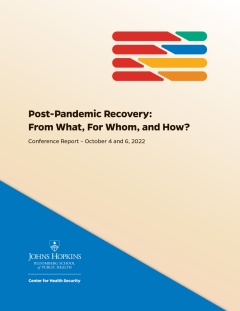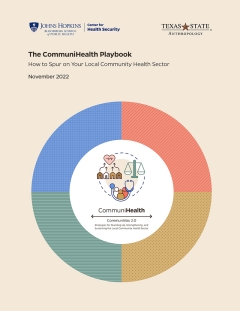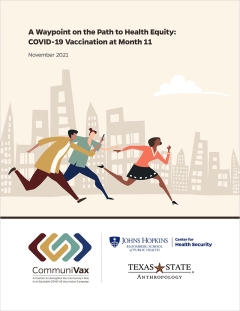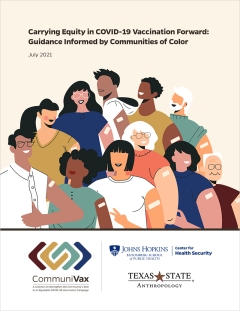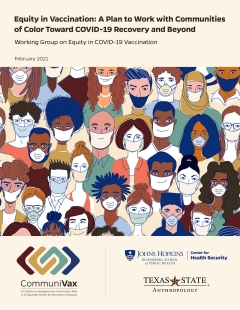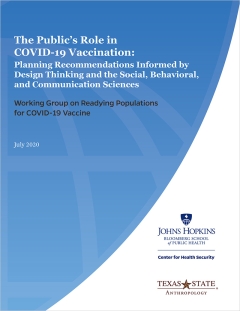Since the emergence of the SARS-CoV-2 virus in late 2019, the world has been in a state of high alert and reactivity. Once the acute stage of the infectious disease crisis does abate, however, few if any communities will have a detailed roadmap to guide recovery – that is, the process of becoming whole again and working to reduce similar, future risk. In both research and policy contexts where data are absent or difficult to obtain, expert judgment can help fill the void. Between November 2019 and February 2020, we conducted an expert elicitation process, asking fourteen key informants – with specializations in infectious diseases, disaster recovery, community resilience, public health, emergency management, and policymaking – to identify the design principles, priority issues, and field experiences that should inform development of an epidemic recovery model. Participants argued that recovery from epidemics is distinct from natural disasters due to epidemics’ potential to produce effects over large areas for extended periods of time and ability to generate high levels of fear, anticipatory anxiety, and antisocial behavior. Furthermore, epidemic recovery is a complex, nonlinear process involving many domains – political, economic, sociocultural, infrastructural, and human health. As such, an adequate model of post-epidemic recovery should extend beyond strictly medical matters, specify units of interest (e.g., individual, family, institution, sector, community), capture differing trajectories of recovery given social determinants of health, and be fit for use depending upon user group (e.g., policymakers, responders, researchers). This formative study commences a longer-term effort to generate indicators for a holistic, transformative epidemic recovery at the community level.

